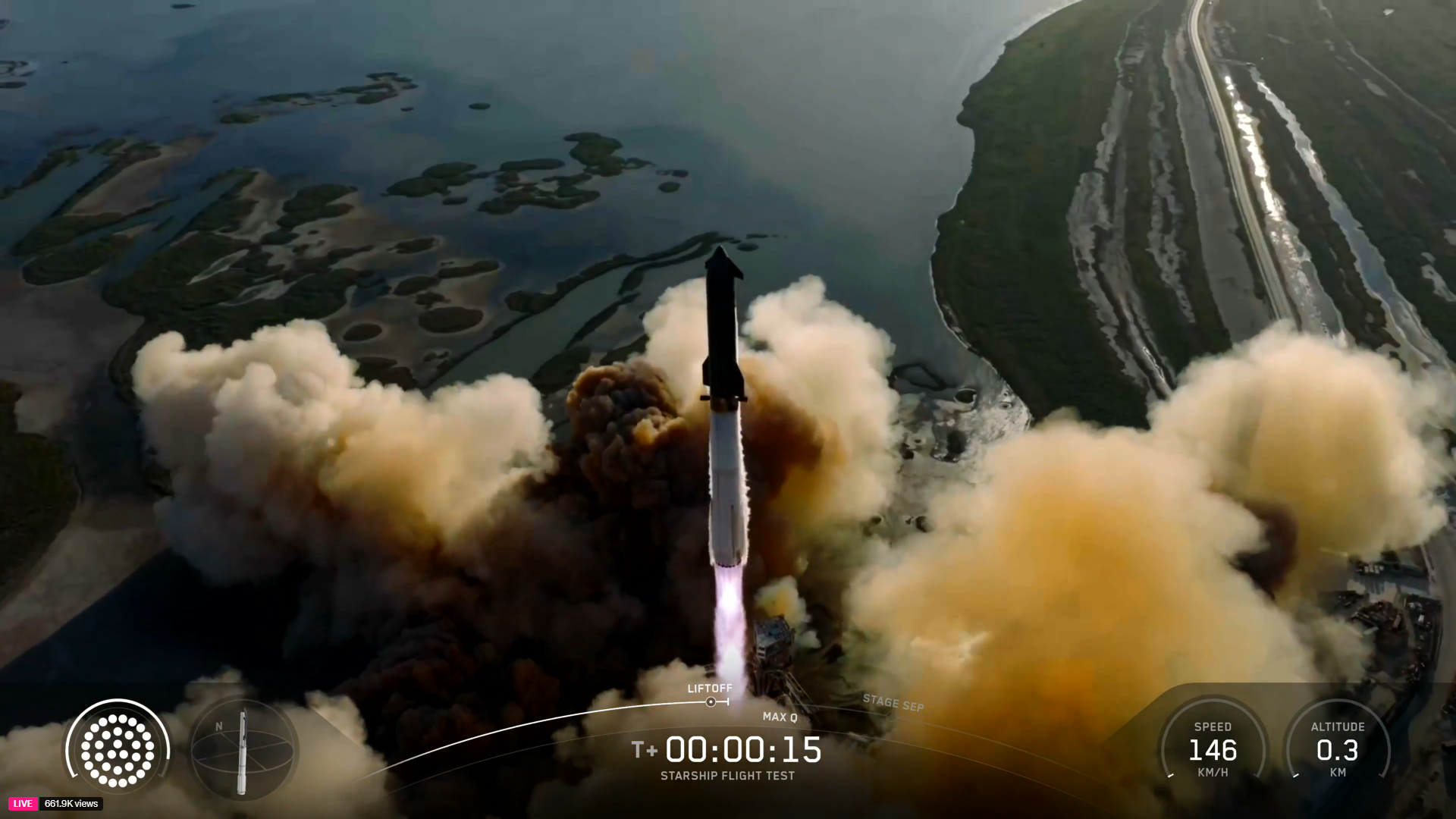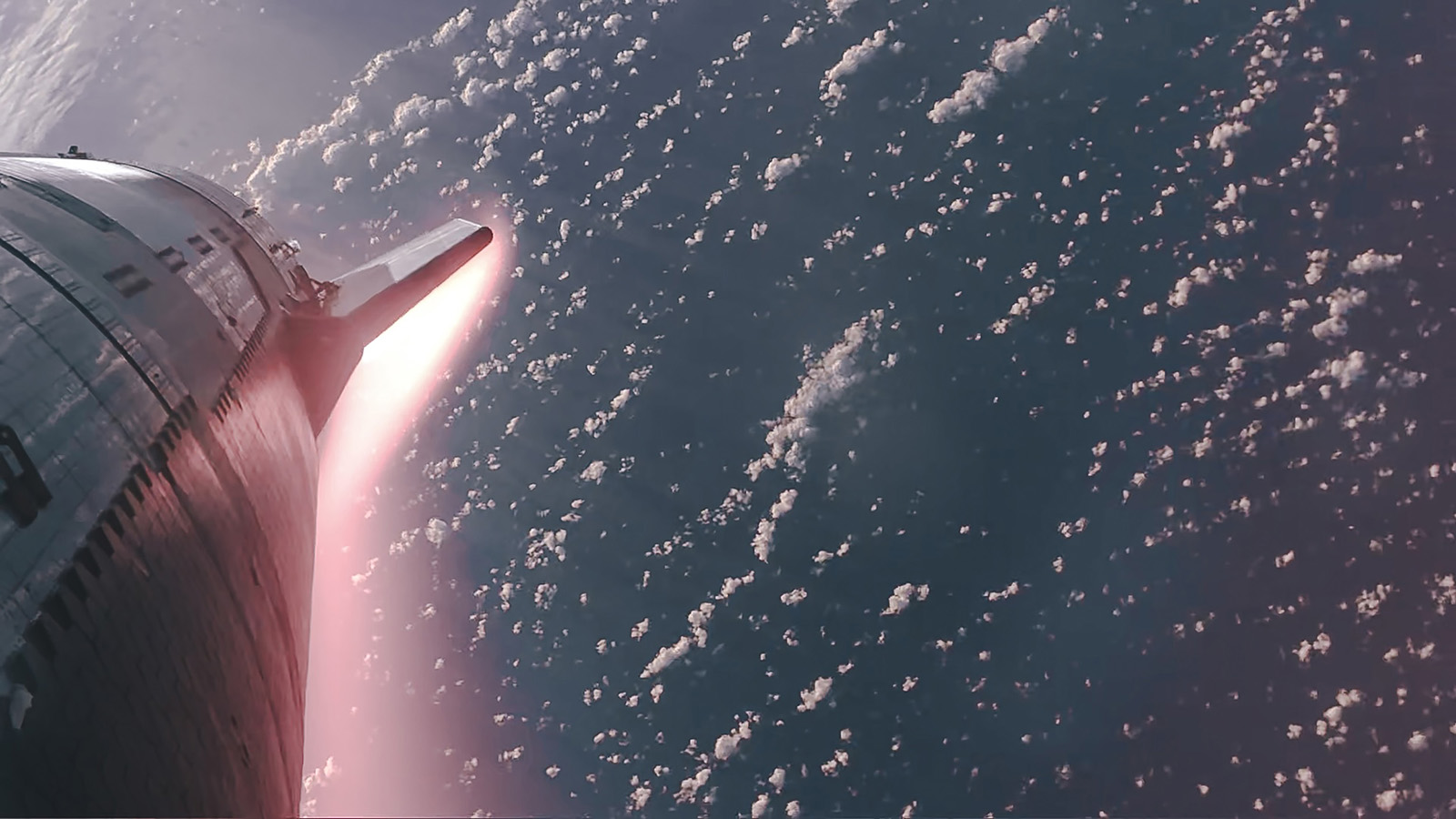Starship's Epic Triumph: Did SpaceX Just Catch Lightning in a Bottle with Flight Test 11?
Starship's Epic Triumph: Did SpaceX Just Catch Lightning in a Bottle with Flight Test 11?

In the predawn glow of October 13, 2025, the world held its breath as SpaceX's colossal Starship rocket thundered to life at Starbase in Boca Chica, Texas. This wasn't just another test flight; it was the culmination of years of relentless innovation, explosive failures, and audacious dreams. Flight Test 11, the eleventh integrated flight test of the Starship system, didn't just succeed—it soared beyond expectations, achieving milestones that could reshape humanity's future in space. But what made this launch so pivotal? Was it the flawless booster return, the fiery reentry survival, or the tantalizing glimpse of interplanetary travel? Let's dive into the heart-pounding details of this historic event and explore why it might be the spark that ignites a new era of exploration.
The Starship program, spearheaded by visionary entrepreneur Elon Musk, has always been about pushing boundaries. Standing at nearly 120 meters tall when fully stacked, Starship is the most powerful rocket ever built, boasting 33 Raptor engines in its Super Heavy booster alone. These methane-fueled behemoths generate over 16 million pounds of thrust—more than twice that of NASA's Saturn V, the rocket that sent humans to the Moon in the 1960s. Flight Test 11 marked the final outing for Starship's Version 2 prototype, a design refined through a series of iterative tests that began in 2023. Each previous flight had built on the last, from explosive Rapid Unscheduled Disassemblies (RUDs) to partial successes, teaching SpaceX invaluable lessons in rapid prototyping and failure-as-progress.
As the countdown hit zero at 7:25 a.m. CDT, the ground shook with the roar of ignition. The Super Heavy booster, designated Booster 13, lifted the upper stage Ship 32 into the sky with precision. Spectators miles away felt the rumble, a testament to the raw power unleashed. Within minutes, the stack reached Max-Q, the point of maximum aerodynamic stress, without incident—a far cry from earlier tests where structural failures had occurred. At T+2 minutes and 41 seconds, hot staging separated the stages: the booster performed a flip maneuver while the Ship ignited its six Raptor engines to continue its ascent toward a suborbital trajectory.

What followed was nothing short of revolutionary. The Super Heavy booster executed a boost-back burn, redirecting itself toward the launch site. In a move that had eluded SpaceX in prior attempts, the booster was caught mid-air by the massive "Mechazilla" tower's mechanical arms. This "chopstick" catch, as it's colloquially known, is a game-changer for reusability. Unlike Falcon 9 boosters that land on drone ships or pads, this method allows for rapid turnaround—potentially stacking a new Ship atop the same booster within hours. The catch was flawless, with the booster hovering briefly before the arms secured it, eliciting cheers from the control room and online viewers alike. This success alone could slash launch costs dramatically, making frequent missions to orbit economically viable.
Meanwhile, the upper stage Ship pressed on, coasting through space for about 40 minutes. This phase included critical in-flight tests: attitude control maneuvers, propellant transfer simulations, and payload door operations. These are essential for future missions, where Starship will need to refuel in orbit for trips to the Moon or Mars. As the Ship began its reentry over the Indian Ocean, the real drama unfolded. Plunging through the atmosphere at hypersonic speeds, the vehicle was enveloped in a glowing plasma sheath, temperatures soaring to over 1,600 degrees Celsius. Enhanced heat shield tiles, made from improved materials tested in previous flights, held firm. Onboard cameras captured mesmerizing footage of plasma streaming past, with only minor tile loss reported— a vast improvement over earlier tests where reentry had led to vehicle disintegration.

The Ship's flaps, crucial for aerodynamic control, functioned as designed, guiding it through the belly-flop descent. At the last moment, it flipped to a vertical orientation, igniting three Raptor engines for a soft splashdown in the Indian Ocean. The entire flight lasted just over an hour, from liftoff to ocean impact, with all primary objectives met. SpaceX confirmed post-flight that the vehicle demonstrated refined Raptor performance, better thermal protection, and enhanced stability—key upgrades that addressed issues from Flights 9 and 10.
But why does this matter? Flight Test 11 isn't just a technical win; it's a stepping stone to grander ambitions. NASA's Artemis program relies on a variant of Starship as the Human Landing System for returning astronauts to the lunar surface by 2027. This test validates the vehicle's ability to perform the complex maneuvers needed for lunar missions, including orbital refueling. NASA's acting administrator, Sean Duffy, praised the achievement, stating, "This successful test brings us closer to sustainable human presence on the Moon and beyond." Indeed, with Artemis III on the horizon, Starship's progress could accelerate NASA's timeline.
Elon Musk, ever the showman, took to X (formerly Twitter) to celebrate. "Starship Flight 11 nailed it! Booster caught, Ship splashed down intact. Mars is looking real," he posted, accompanied by live-stream clips that garnered millions of views. Musk's vision extends far beyond the Moon: Starship is designed to carry up to 100 people to Mars, establishing a self-sustaining city. With this test, SpaceX edges closer to that reality. The company plans to transition to Version 3 prototypes, which are taller, more powerful, and capable of full orbital flights. Upcoming tests will focus on in-orbit refueling, a critical enabler for deep-space voyages.

Of course, challenges remain. Environmental concerns at Starbase have drawn scrutiny from regulators, and the sheer scale of Starship demands unprecedented infrastructure. Yet, this flight underscores SpaceX's "fail fast, learn fast" philosophy. From the ashes of early explosions, they've built a rocket that not only flies but returns ready for more. Analysts predict that with reusability mastered, launch costs could drop to under $10 million per flight—democratizing access to space for satellites, tourists, and scientists.
Looking ahead, what’s next for Starship? SpaceX aims for multiple flights in 2026, including uncrewed Mars missions. Partnerships with private entities for Starlink deployments and even space tourism are on the table. This test also boosts investor confidence, with SpaceX's valuation soaring past $200 billion. But beyond the numbers, Flight Test 11 reignites the human spirit of adventure. It reminds us that the stars aren't just distant lights—they're destinations within reach.
In a year marked by geopolitical tensions and earthly woes, this launch offers a beacon of hope. As Musk often says, "Making life multiplanetary is the best way to ensure its survival." Flight Test 11 proves we're on that path. Whether you're a space enthusiast or a casual observer, one thing is clear: SpaceX didn't just launch a rocket; they launched possibilities. The question now is, how soon until we see humans aboard? The cosmos awaits.
Comments
Post a Comment